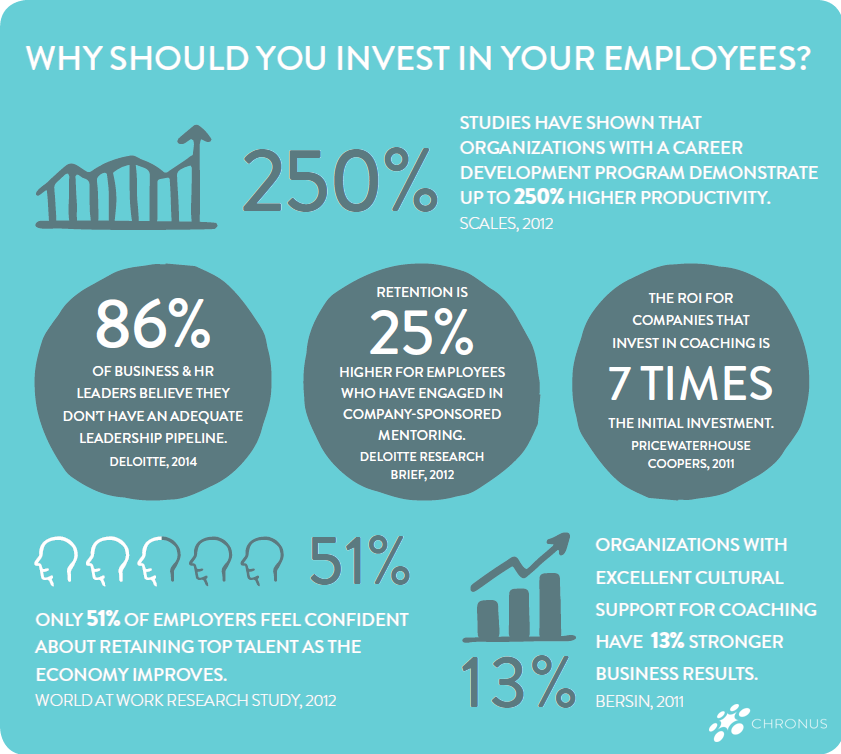“Ask any startup CEO to rank their greatest challenges, and inevitably human resources makes the list.”
- Joseph Fung, Co-Founder & CEO of TribeHR
Employees are a reflection of any company’s work environment and culture. The management is responsible for building a team of talented individuals with diverse skills, experience and opinions to work towards the common goal. Better skills and experience would require higher financial commitments. These commitments can be met by an established or VC funded organizations. But this becomes harder when you are a startup and have limited offerings (salaries & perks) for the employees.
Newer, smaller startups, and especially the non-VC funded organizations, have to work harder to first capture the attention of good talent and then selecting the ones who fit in optimally. Mitigating required skill set gap and the remuneration becomes a bigger challenge for the startups. It is hard to attract the correct talent and even harder to retain them. It becomes specifically difficult when talent pool feels that their remunerations don’t match the efforts they put in. The management needs to make the employees realize that remuneration is not the only benefit that they can draw from the organization; training and enhancing their professional capabilities is equally important.
“Hiring for a startup is harder than raising money.” – Naval Ravikant, founder of Venture Hacks
Once hiring for essential skills is concluded and you have a team to start with, comes the biggest challenge – nurturing the “existing talent pool” and transforming them into “required talent pool” for receiving efficient and consistent output.
As a leader (being a member of management or core group), you wonder, “How do I best communicate my vision and keep my employees aligned in one direction? From where do I start building the foundation?” The top management has to step in to the leader’s shoes and start sharing the reasons behind very existence of the organization in order to make them an equal contributor in the journey.
Evidently, nurturing is a continuous process of learning and development. Too much potassium while sowing a plant may kill its chance of growth.
Investments in talent base should not stop at hiring and recruitment.
What most startups fail to understand is that the talent pool is equally important as revenue generation. When you focus on just making profits and attracting investors, you put human resource and human resource strategies on secondary. And that, my friend, is going to cost you big time.
When you are investing your time and money for acquiring new clients and generating higher profits, always keep in mind the people, who will be delivering the product / service to your client. The leadership team has to make sure that along with focusing on modes of revenue generation, a considerable amount of effort has to be made to nurture the operations team that is going to deliver the work.
Your clients analyze your efficiency and effectiveness by evaluating the leadership team. The team of project managers and account heads which forms the second in line in any organization has maximum interaction with the client side. So, when management focuses on improving their processes and SOPs, they also need to create a leadership which has to build a strong second-in-line team. Because that is what reveals the true spirit of the leadership development in any organization.
Ask yourself. When you encounter a bad customer service, don’t you too have that fleeting thought, “Does the company not provide the employees training?”
When prospective clients are interested in growing business with us, they ask for the second in line to be present in the discussions. As a startup, we have realized there is always a need for improvement. If you have a second in line growing at a very good pace, the revenue generation is much faster. It is important to have a connection with your employees, especially in a small team, and understand their personal goals and objectives.
You don’t connect with just an employee; you connect with the future potential leader of your company.
Almost 88% of the leaders of Top 50 companies believe that building the HR system from day one proves to be fruitful in the long run because it helps in retaining top talent in the company; eventually leading to better growth.
When nurturing any employee, you have to understand all the aspects of his/ her life, including professional life and personal life. These are 2 very different versions of an individual’s life that coexist in the same 24 hours. While talking about nurturing, there are 2 hubs to it – Training & Alignment. Training is more inclined towards skill set and associated with professional life, while Alignment is more about both – personal and professional – goals, objectives and how the real work is done. Many startups prefer hiring experienced professionals to avoid the costs incurred in training freshers. But this is an investment worth making.
So, how does the training make an impact?
While training, the employee understands what is expected out of him/her. Surveys point out that most employees feel that developing additional and new skills would enable them to do their jobs better; though only a handful of them receive support from their company.
“When you build a house, you first need to build the base; lack of the base would cause an imbalance. Similarly, training acts a foundation for the employee,” says our Human Resource Associate. She further adds, “The one aspect of training I find vital is the identification of skill set the employee already possess. It allows me to understand what would be the correct fit for the employee.”
Untrained employees need constant supervision (read spoon feeding) and don’t know how to make things right. They use trial and error method till they get it right, which can beget in a lot of unproductive time. Training employees does not pledge a no-errors situation, but it reduces the chance of mistakes and when the mistakes do occur, your employees will know how to rectify it. Employees need and expect the guidance. Training sessions encourage growth, learning, and better employee-management correlations.
According to Du Val, “Your people determine your product.”
Training also ensures that your employees know how to handle a tough situation or wriggle smoothly out of a sticky one. You wouldn’t want them to screw up that important client call. It also makes the employee feel like he/she belongs and help them adapt to the new culture and routine.
Training can also be a need-base training, as per the requirements of the employees. With the fast paced changes in the technological, social and corporate sector, one can’t expect to grow without stepping forward. Be it the new management philosophies, hype of social media or innovative ways for customer engagement – it all comes down to whether your employees are on the same page as the rest of the world or not.
Research studies in the last couple of years have pointed out to the fact that many employees leave companies due to the lack of training; they feel they are not being offered anything new to learn and there is no development of skills.
When you think about all the investments you make to build your own company, like infrastructure, investment capital, marketing expenditure etc, you shouldn’t forget the time, efforts and money you invest in your employees.
Your employee is your biggest investment, and a well trained and talented employee your biggest asset.
Trying to save money by training only one employee or hiring a new one for a new technology or marketing techniques will eventually backfire on you. What would you do when that person is unavailable, or on a leave or quits? These sticky situations would only pull you down, resulting in a direct impact on your productivity and unsatisfied clients.
“Most managers seem to feel that training employees is a job that should be left to others. I, on the other hand, strongly believe that the manager should do it himself.”
– Andy Grove, High Output Management


